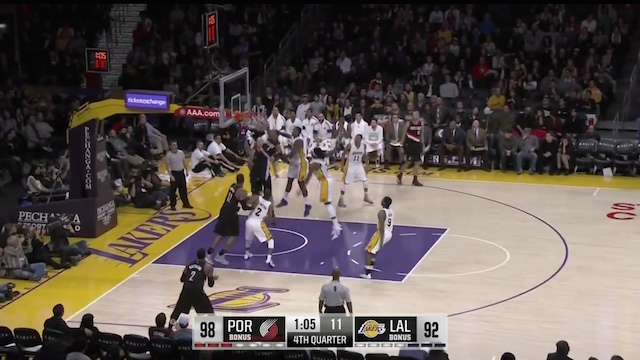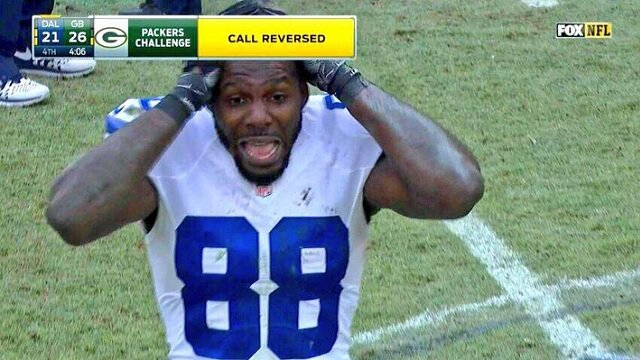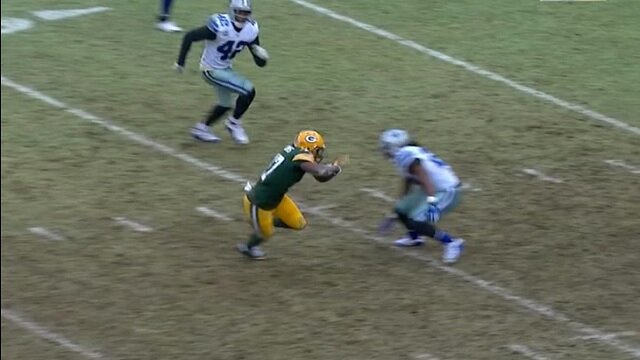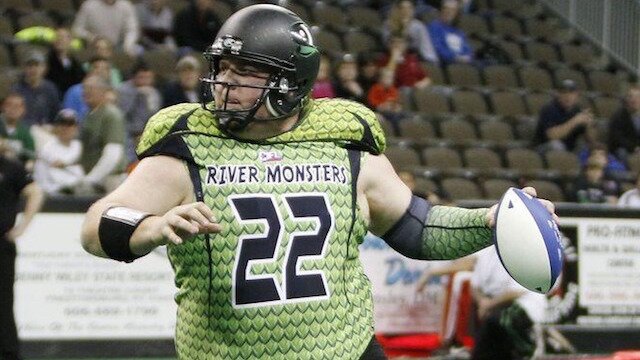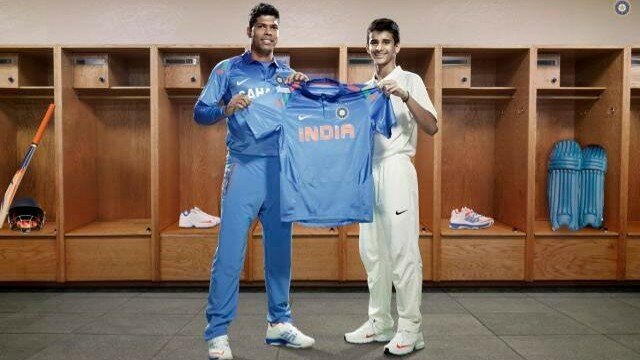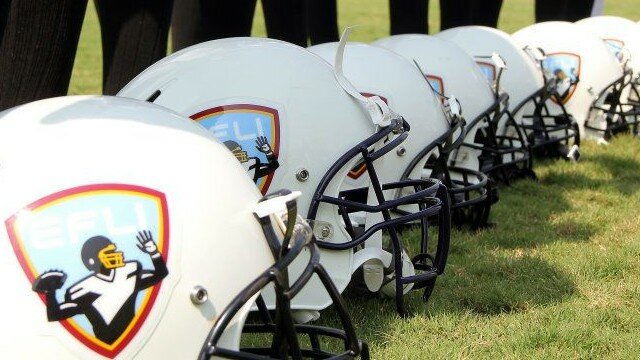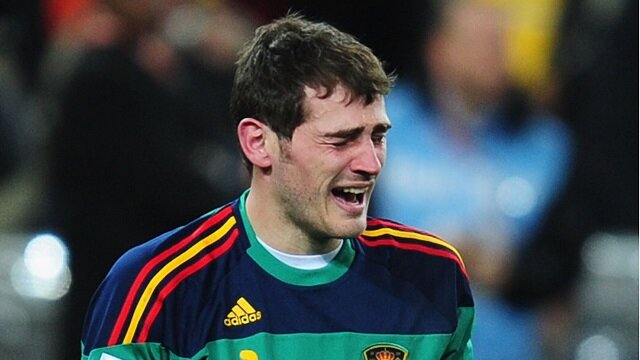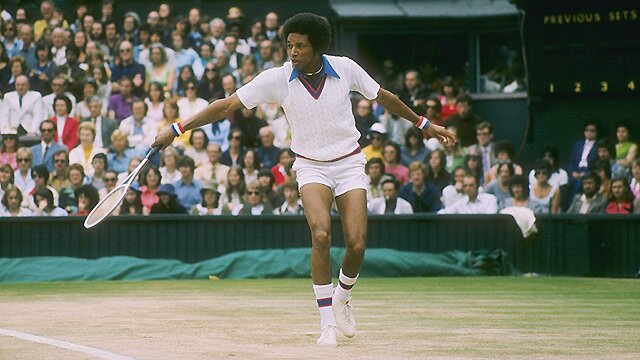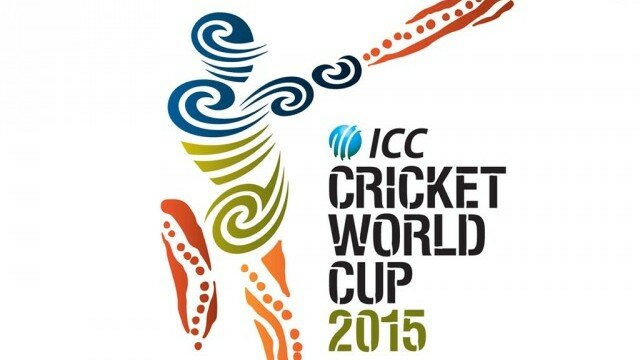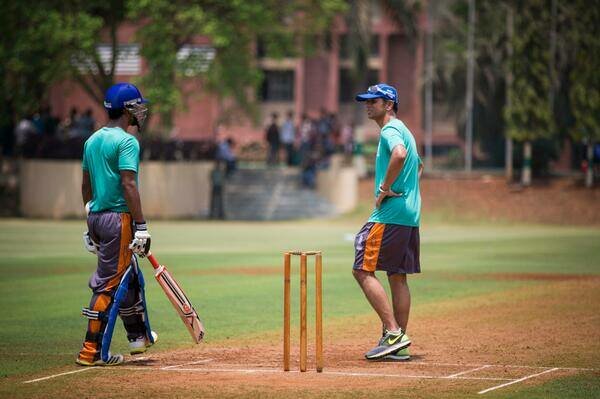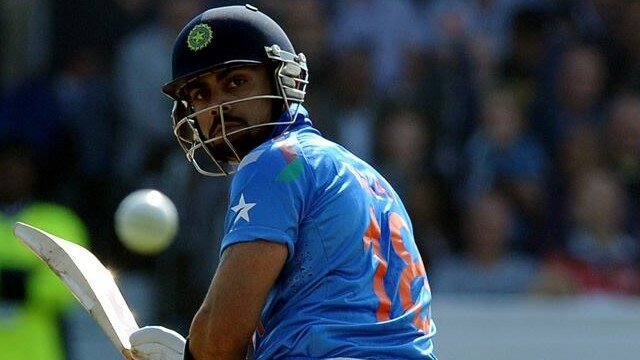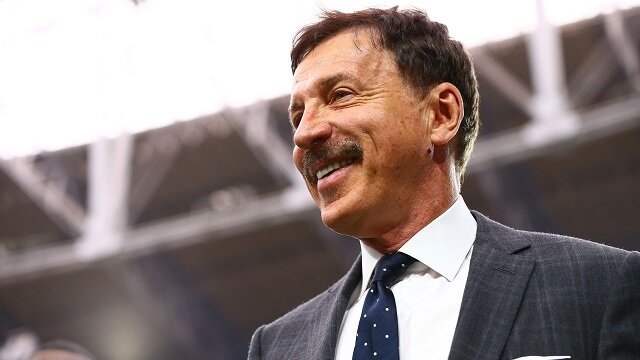Helping Foreigners Understand U.S. Sports Ticketing Industry
It’s no secret that going to a sports game has gotten prohibitively expensive for the average consumer. Tickets usually run well north of $50 a person and after the convenience fees, shipping charges and sales tax, you may end up paying close to $100 just for a seat at the game. Food, drinks and transportation are on top of that.
Yet, the NBA somehow was locked out for a good part of 2011 because most teams were not making enough money to cover costs. In fact, only 6 teams in the 2011 season had sold out their tickets completely - even the Lakers didn’t make the cut!
We all learned in Econ 101 that in a perfect market, prices adjust so that supply equals demand and the market clears. In a perfect market, prices of sports game tickets would adjust so that every last seat had a willing and able buyer and supply (capacity of a stadium or venue) would equal demand. After all, a situation where games are played in front of hundreds (sometimes thousands) of empty seats is not desirable for either fans or teams. So why is it then that the market for sports event tickets behaves in such an “imperfect” way?
Sticky Prices
Sticky prices (prices that do not move as quickly as they should in response to economic factors) cause imperfections in a market because seller’s cannot or do not change prices to reflect level of demand, leaving products unsold or demand unsatisfied.
For example, picture the vending machine in your apartment building that sells sodas and waters for $1 each. The
vending machine uses some portion of the dollar to fund costs (cost of the soda, the machine, the electricity, the space etc.) and keeps the rest as profit. Now imagine that a grocery store opens up next door that sells sodas for $0.25. In a perfect market, the vending machine would have to reduce prices a little in order to compete with the grocery store (it could still charge more than $0.25 because consumers pay for convenience). But, maybe, because the vending machine currently only accepts bills, it isn’t worth it to lower prices a bit but have to refit the machine to accept quarters instead. Thus, the vending machine continues charging $1, and in the process, loses some customers to the grocery store (therefore some of its supply of soda does not clear the market).
Sports event ticket prices are likely sticky too, but for a slightly different reason. Each ticket to a sports event has a face value, and in most cases, the face value of a ticket is dependent on the section of the venue that the ticket is in. Nose bleeds have lower face value than courtside seats. However, the face value of the tickets does not change from game to game, so face value does not take into account that certain games might not be as valuable as others (perhaps the teams playing are not good or the star player is hurt or there’s a storm outside and nobody wants to go out).
That’s the problem companies like StubHub wanted to solve – open up a market for tickets, and buyers and sellers will automatically decide that Lakers vs. Heat lower level tickets are more valuable (expensive) than Lakers vs. Bobcats lower level. Problem with this is, once a person buys a ticket that has a face value of $100, he is hesitant to sell the ticket for significantly less than $100, even if it makes perfect economic sense. This is why you see a large number of tickets on StubHub go unsold – buyers make irrational pricing decisions by using the often irrelevant face value of a ticket as a benchmark.
Transaction Costs
Another reason the market for sports event tickets is imperfect is because of the transaction costs associated with buying and selling tickets. I won’t give another long winded vending machine example of this, but transaction costs are costs that are incurred every time a good changes hands. For sports tickets, the main transaction cost is shipping the paper tickets. For example, if I buy a ticket for $90 and pay $10 to have it shipped to me, my total cost for the ticket is $100. When I want to resell the ticket to someone else, I charge the buyer $100 to cover my cost. The buyer, in turn, has paid $110 for the ticket ($100 to me, and $10 to cover shipping).
You can see through that example that reselling a ticket more than a couple of times does not make sense as it would artificially drive the price of the ticket up. What’s worse is that shipping is not cheaper if you are sending a nosebleed ticket vs. a courtside ticket so reselling a $25 ticket may not make sense period. In some cases, fans may end up opting to “eat the ticket” (let the ticket go unsold) because the transaction costs associated with reselling a ticket are so high (shipping aside, time and energy are also transaction costs). The end result is empty seats, either because tickets out on the market are severely overpriced due to transaction costs, or because some sellers have decided to forego selling the tickets they have to save time and energy.
Fragmented Industry
The final reason that I will discuss is the fragmented industry - no explanation needed, just like it sounds. For any given sports game, a fan has more than 10 options to check and consider when purchasing tickets. Should I go to TicketMaster or Ticketfly? Should I call the team directly? StubHub? Craigslist? What about asking if any of my friends have a ticket? The multiple marketplaces confuse and annoy fans, similar to how people get frustrated when shopping in a mall. Too many stores and too many options.
Sometimes, fans will just call quits and decide not to buy a ticket at all, or do what I’ve seen happen so many times: delay the decision-making process to a later time (when ticket prices are probably more expensive).
Rohit Ghosh is a Senior Writer for www.Rantsports.com. Follow him on Twitter @RohitGhosh. “Like” him on Facebook or add him to your network on Google.
India World Cup Probables
With the ICC 2015 Cricket World Cup just months away, here is the list of India probables. Read More
EFLI Player Safety: Learn from Seau
The EFLI made sure to use sensor helmets to improve player safety. The league can learn a lot from Junior Seau's story. Read More
Euro 2012 Final: Brilliance of the Spanish
Spain became the first team to win three major tournaments (Euros and World Cups are put in this category) in a row, and cemented their place in the annals of football history. Read More
Ashe's Story can Inspire India
Arthur Ashe's story of perseverance and overcoming obstacles can teach Indian grassroots tennis a whole lot about growth and progress. Read More
Cricket World Cup Fixtures
Here is the full list of fixtures for the upcoming Cricket World Cup. Read More
Misbuh-ul-Haq to Retire from ODIs
Misbuh-ul-Haq, Pakistan cricket captain, announced recently he will retire from ODIs after the World Cup. Read More
Ganguly Trusts Kohli
Sourav Ganguly puts his faith in Virat Kohli as Test captain. Read More
Kohli Sets Record as Captain
Virat Kohli's three Test centuries against Australia as captain put the cricketer in the record books. Read More
Adult Film Stars Who Are Diehard Sports Fans
People all around the world are sports fan -- that includes women who do adult things for a living. Read More
20 Most Unathletic Looking Athletes in Sports
The collection of athletes in this list proves you don’t have to look like LeBron James to be one of the greatest athletes in the world. Read More
Top 25 Best Nicknames in Sports of All Time
A lot of star athletes are better remembered because of their cool nicknames. These 25 athletes had the coolest of all time. Read More
Steinberg on Kroenke's Plan for NFL in LA
In his official blog, Leigh Steinberg breaks down Stan Kroenke's plan to bring the NFL back to Los Angeles. Read More
